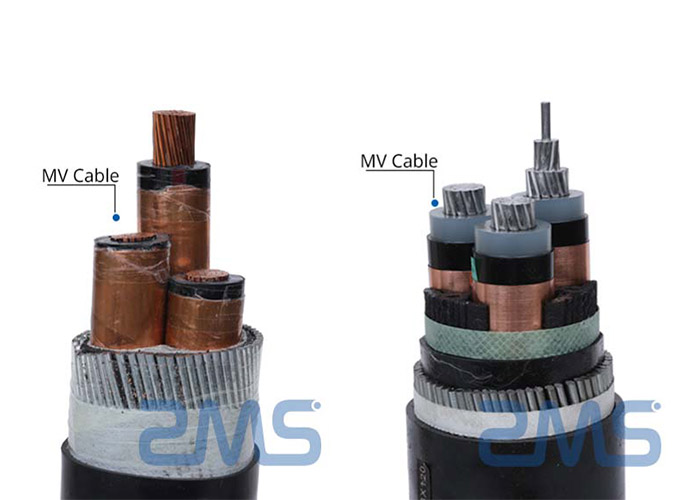Conductor Performance
Although high conductivity is an important indicator of a good or bad conductor, other factors must also be considered. Silver seems to be a good conductor. However, its high cost makes users have to turn to other alternatives. Silver also has other disadvantages, such as lack of physical strength, which is necessary for the process of cable laying into the pipeline.

1)Copper Conductor
Impurities in copper conductors can have harmful effects. The purity of copper used for conductors is set at 100%. Some impurities will reduce the conductivity to 80%, such as phosphorus and arsenic.
Aluminum for electrical conductors also requires low impurities and purity of 99.5% or above.
Hardness
Copper rod and aluminum rod will cause work hardening in the process of drawing into wire. This results in a slight decrease in conductivity and an increase in hardness. Stranding and pressing also increase the hardness of the conductor. If better conductor bending performance is required, annealed metal shall be used. This process can be completed in the single wire drawing process, or the whole coil of wires can be put into the oven after the conductor stranding is completed, and the temperature in the oven increases with time.
1)Copper Conductor
ASTM B1, B2, and B3 cover three kinds of hardness of copper conductors: hard, semi-hard, soft, or annealed. The soft state is usually used for insulated conductors because it is soft and easy to operate in the field. Semi-hard and hard cables are often used for overhead lines.
2)Aluminum Conductor
ASTM B 231 and B400 cover concentric stranded and circular Stranded Aluminum Conductors, respectively. Semi-hard aluminum is usually used for solid and 8000 Series aluminum alloy conductors because these conductors require greater flexibility. 3 / 4 hardness and all hard aluminum conductors are frequently used for stranded cables.
Two factors should be considered before deciding which characteristic state of conductor to choose:
1. Conductor annealing requires an increase in energy and equipment costs.
2. Even for very soft conductors, the overall hardness will increase after insulation.
Overhead conductors and cables are regularly pulled to a large length. Higher hardness of conductors should be used to increase the tensile strength of conductors. For example, high tensile strength may be required for conduit cables, well bore cables, and large section conductors installed over long distances.


